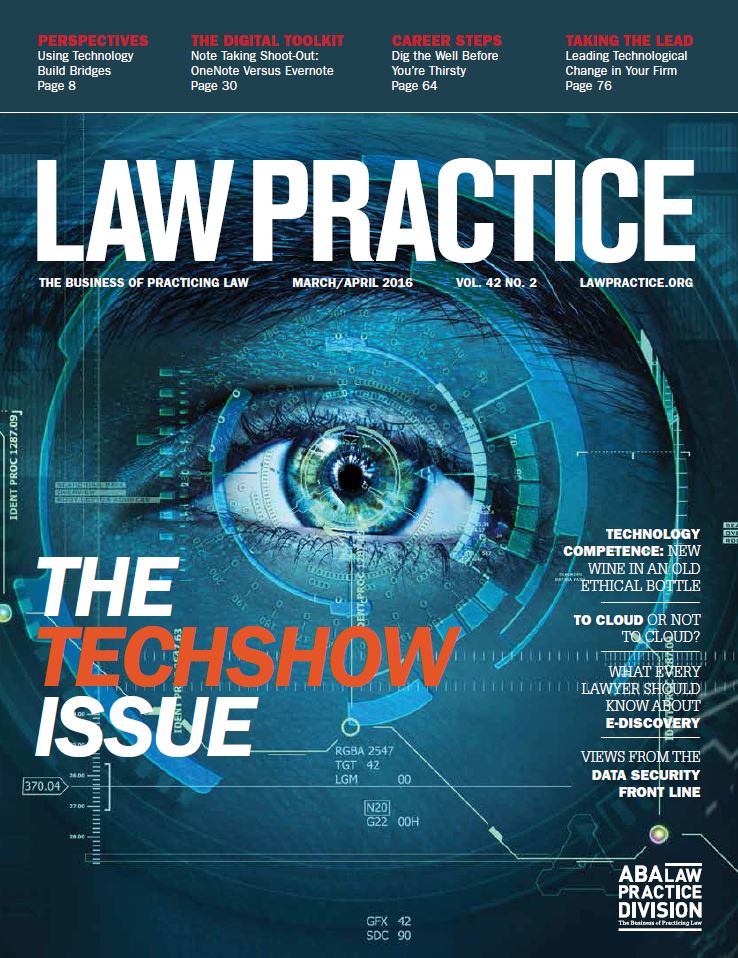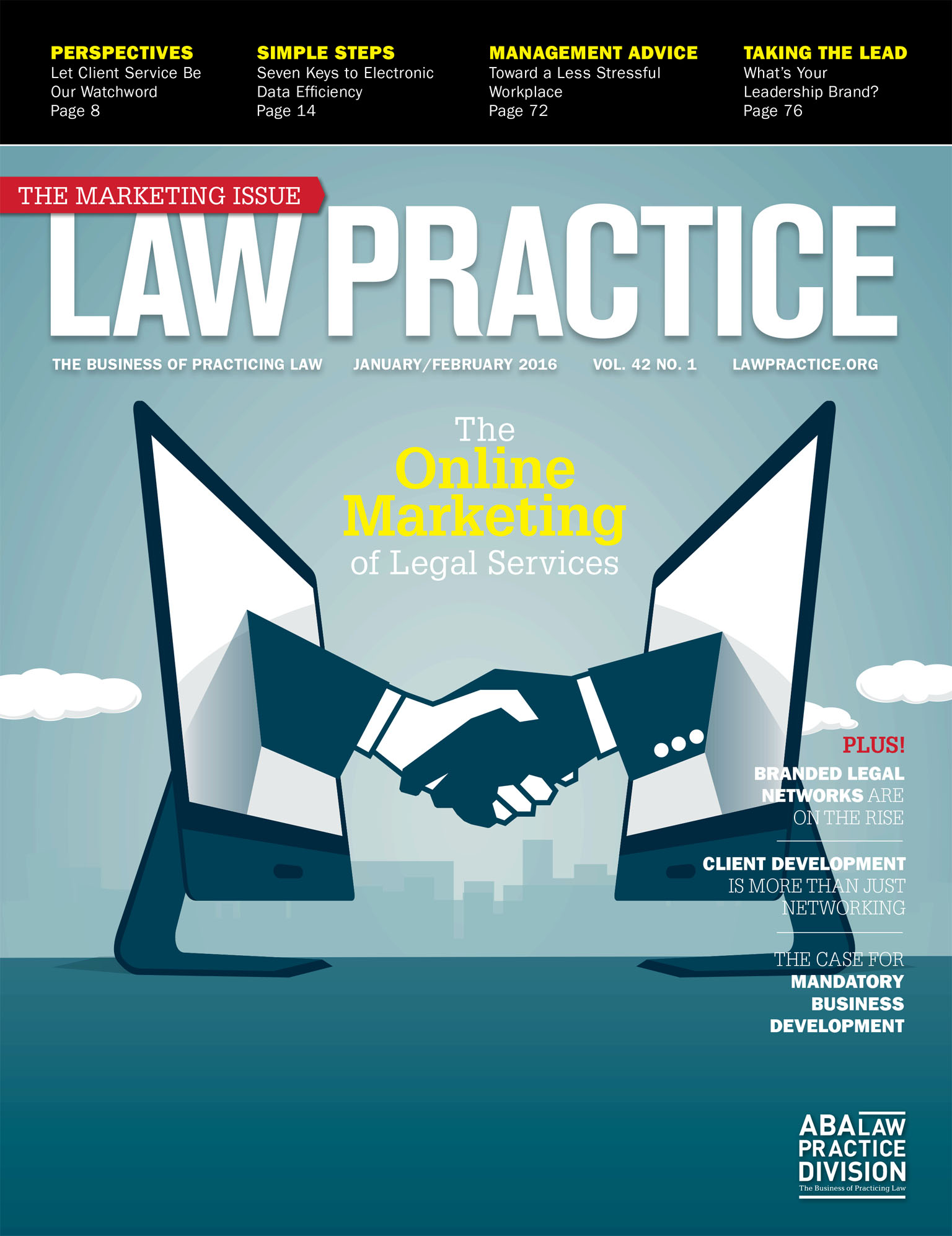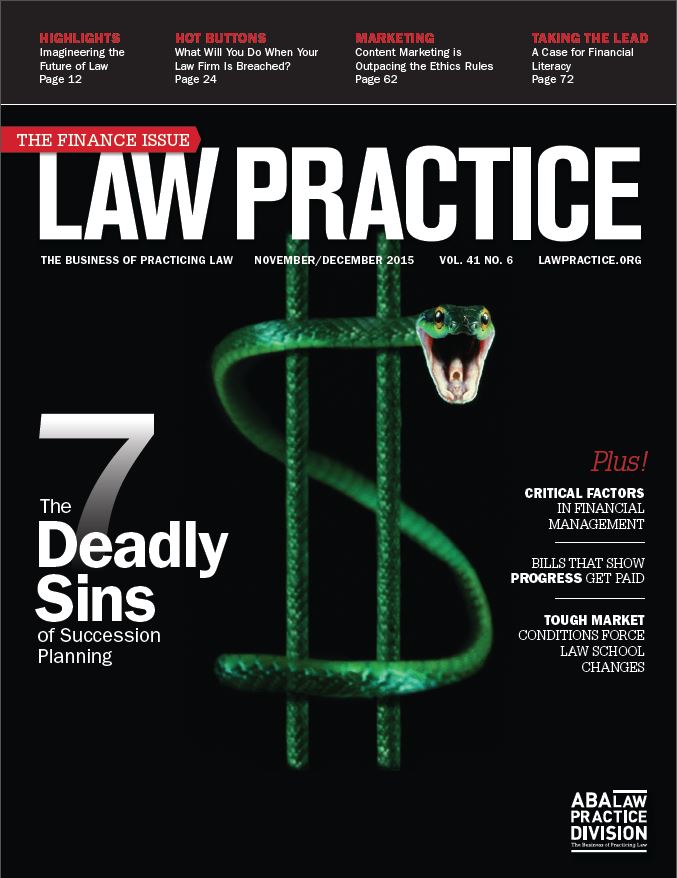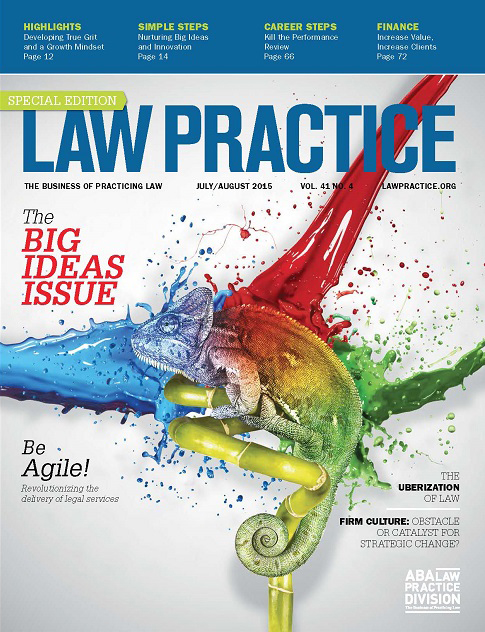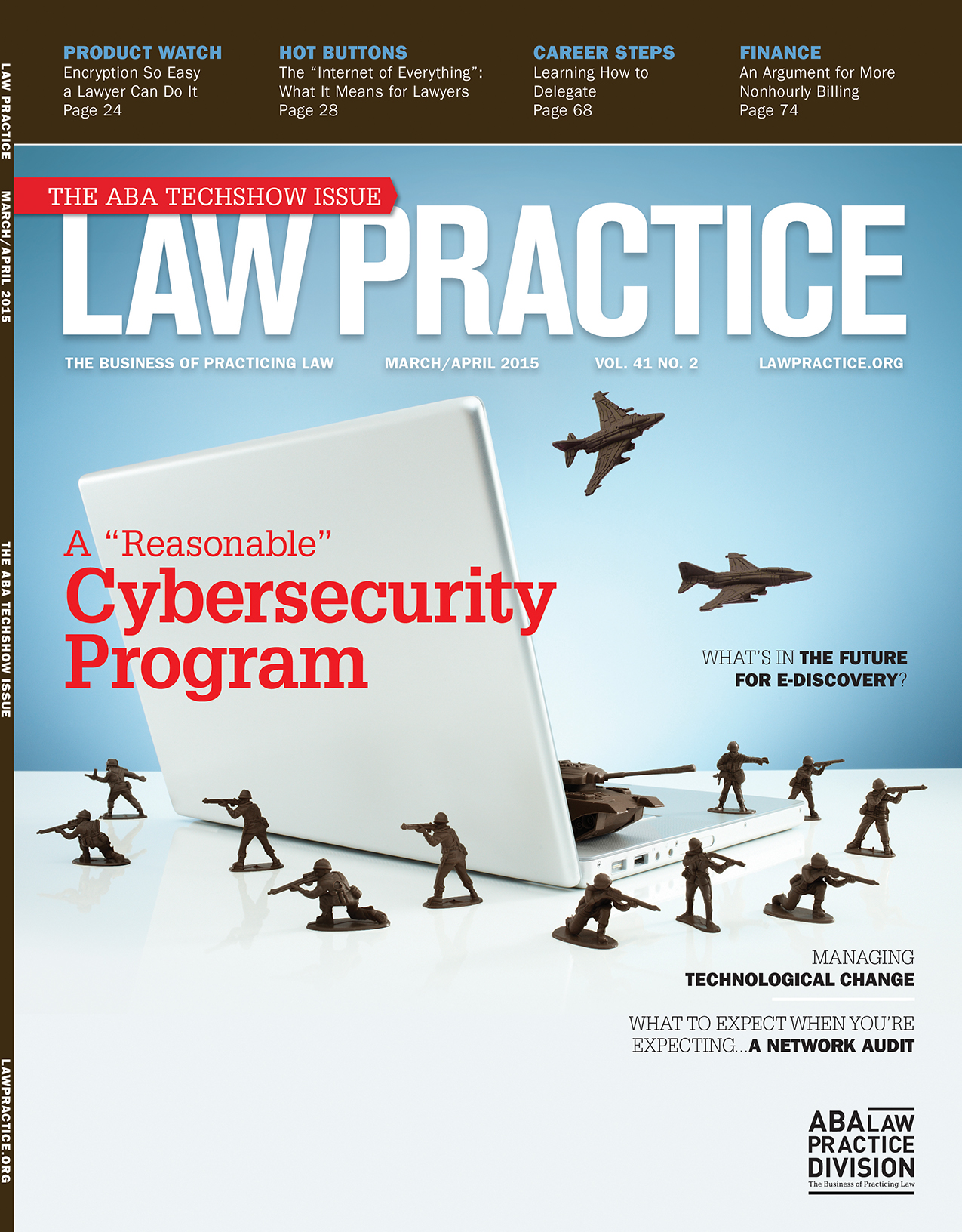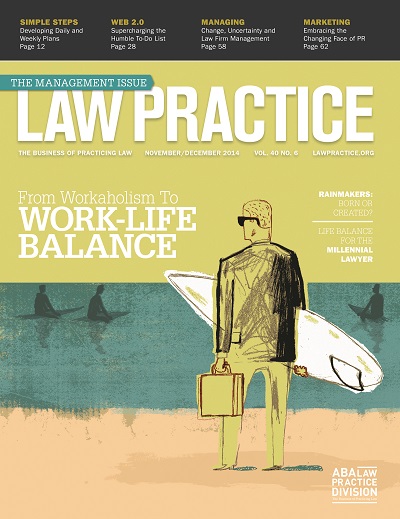LP Magazine – Revisiting Lawyer Ratings and Rankings
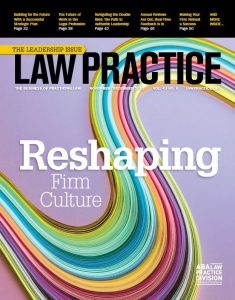 When I wrote my marketing column for the November/December 2017 issue of the ABA’s Law Practice Magazine, Revisiting Lawyer Ratings and Rankings, I lamented how dealing with the R&R industry felt like it took up time during every single working day. So it seemed somewhat ironic that the magazine arrived in my mailbox on the same day that I penned more than a half dozen press releases for law firms announcing their results from the 2018 U.S. News/Best Lawyers’ “Best Law Firms” honors.
When I wrote my marketing column for the November/December 2017 issue of the ABA’s Law Practice Magazine, Revisiting Lawyer Ratings and Rankings, I lamented how dealing with the R&R industry felt like it took up time during every single working day. So it seemed somewhat ironic that the magazine arrived in my mailbox on the same day that I penned more than a half dozen press releases for law firms announcing their results from the 2018 U.S. News/Best Lawyers’ “Best Law Firms” honors.
Now it happens that as ratings go, I have respect for the good people at Best Lawyers and U.S. News. They are always easy to work with—and unlike some others named in the column—they avoid the used car sales approach with my law firm clients. They lend a guiding hand with the process, regardless of how much the firm might be spending on the “award” product line. Perhaps your experiences have varied. We all have very subjective feelings to who and what in this business is credible. You may find the ones that give you the highest honors to certainly be the most legitimate!
What entities are referenced by name in this month’s column? In order of appearance: Best Lawyers and U.S. News, Chambers USA, Avvo, American Lawyer Media (ALM), Lawyers of Distinction, Expertise.com, Yelp, Super Lawyers, Rising Stars and Martindale.
 Marketing Attorney Blog
Marketing Attorney Blog


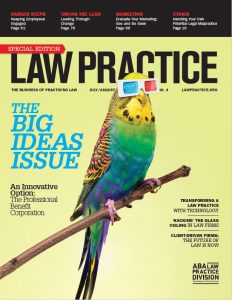
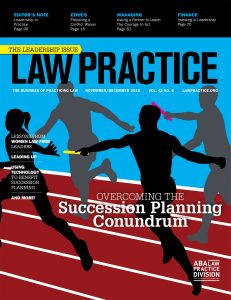
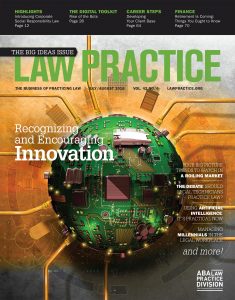 As National Football League coach Chip Kelly begins his first training camp with the San Francisco 49ers, my column in the July/August 2016 issue of the ABA’s Law Practice Magazine,
As National Football League coach Chip Kelly begins his first training camp with the San Francisco 49ers, my column in the July/August 2016 issue of the ABA’s Law Practice Magazine, 